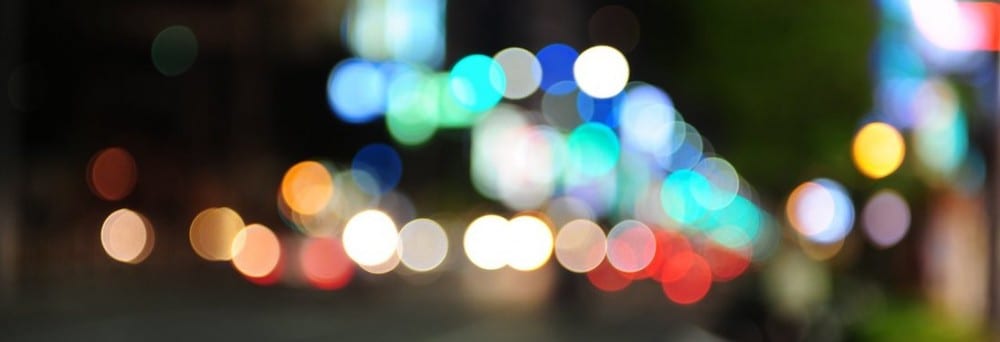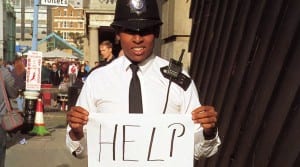The City “accommodates a diverse array of consumer performances, while the presence of non-consumer others […] is outlawed or more subtly policed” (Foust and Jones, 2008, 4). In the City, consumerism is considered a social normality and so non-consumers are perceived as the other who doesn’t belong. Walking through the City as a non-consumer is seen by the majority as interrupting the systematic flow of commercialism. The non-consumer cannot help but feel alienated due to the fact that the people around them are all abiding to the social normalities of City life. In this case, the “consumer subjects are “in place,” performing “properly,” and (for the most part) complementing, rather than interrupting, each other’s performances” (Foust and Jones, 2008, 9) and when the non-consumer does not perform according to these ideals, they are seen as a threat to the system. They threaten to disrupt the regulated structure of consumerism by challenging the ideology behind it. The City itself has the “potential to stage interruptions and challenges to consumerism” (Foust and Jones, 2008, 5) and by using separation as the distinction between consumer and non-consumer enables us as a society to take a closer look at the influence of commercialism. We want to give the public a chance to feel liberated from the constraints of consumerism by disrupting the ‘natural’ flow of modern City life, even if it is for a fleeting moment.
Looking at our performance from a political point of view, we are ultimately challenging the ethics of consumerism. To add to this political slant on our performance, it is election week so I’m sure our banners will not look too out of place, even though the content on the banners will be shockingly different. At first glance we may be perceived as supporters promoting a political party, however when the spectators realise that this is not the case, hopefully they will become more interested and may even feel a release of tension at our more innocent, simple gesture.
Banners are commonly used for advertisements and our ‘misuse’ of the banner, challenges the politics of consumerism because we are using the means of advertisement to offer something which has no price. We are making a stand against money making schemes by using the very means that support it. “Consumerism relies on a process of obsolescence and need/want manufacturing which creates a forever unstable and insatiable consumer-subject” (Foust and Jones, 2008, 8) For instance, occasions such as Valentine’s Day are overly advertised and the products sold are over-priced but we buy them anyway. This is because through advertising and marketing we are forced to believe that we ‘need’ these things. The things we do not need suddenly become ‘necessity’ and ‘essential’ to us due to the ideologies concerning commercialism that have been instilled in our minds.
Foust, C. and Jones, R. (2008) Staging and Enforcing Consumerism in the City: The Performance of Othering on the 16th Street Mall. Liminalities: A Journal of Performance Studies, 4 (1) 1-28.

